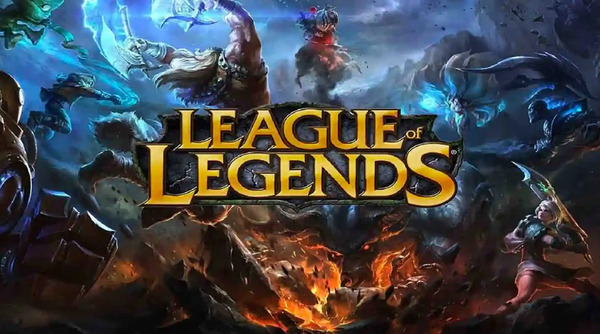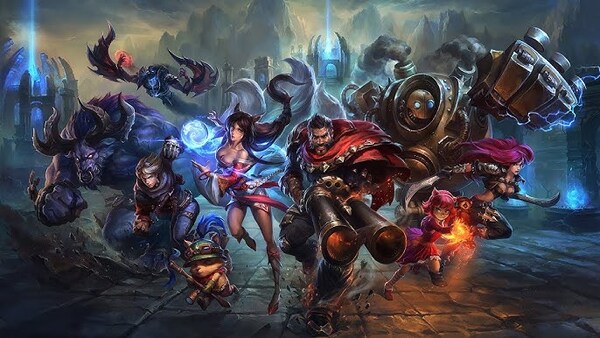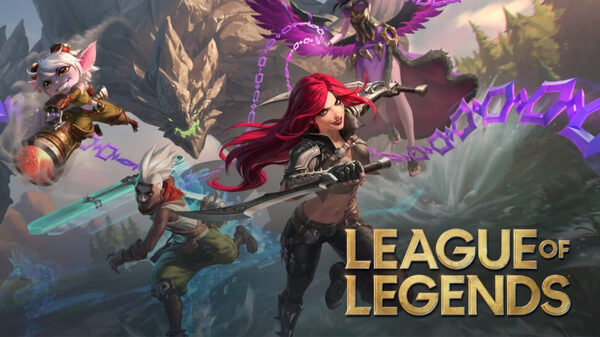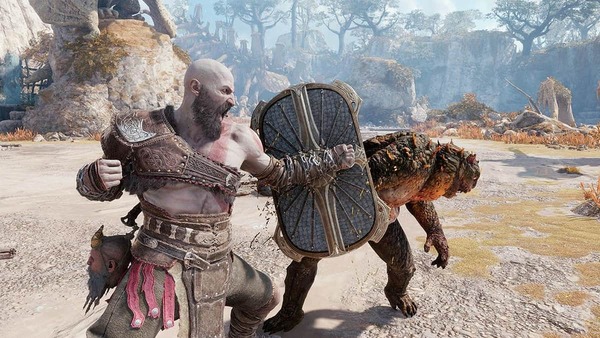Advertisement
Popular Now
Introduction
"League of Legends" (LoL) has been a dominant force in the gaming industry since its launch in 2009. Developed by Riot Games, it has attracted millions of players globally, thanks to its engaging gameplay, dynamic updates, and competitive scene. However, the journey of LoL has not been without its challenges, particularly concerning its matchmaking system. This article delves deeply into the evolution of matchmaking in "League of Legends," focusing specifically on the issues and controversies surrounding its ranking system.
Early Matchmaking: A Simpler Era
The Beginnings of Ranked Play
When "League of Legends" first introduced its ranked play system, the focus was on providing a structured environment for competitive gaming. In its early stages, the ranking system was relatively simple, featuring a tier-based system with divisions ranging from Bronze to Diamond. The objective was clear: players advanced through ranks based on their performance in matches, with each tier representing a different skill level.Initial Problems and Community Feedback
Despite its simplicity, the system was not without flaws. Early players often encountered problems with match quality, such as frequent mismatches between teams of varying skill levels. Community feedback highlighted issues like unbalanced teams and the frustration of facing players who were either significantly better or worse than their opponents. Riot Games took this feedback seriously and began exploring ways to refine the system.The Introduction of the Elo Rating System
The Elo System Explained
To address the concerns of mismatched games, Riot Games introduced the Elo rating system, which was designed to more accurately reflect a player's skill level. Named after Arpad Elo, the system is used to calculate the relative skill levels of players. It considers not only the outcome of matches but also the relative skill of opponents and teammates. This system aimed to create a more balanced competitive environment and improve the overall matchmaking experience.Impact on Gameplay
The introduction of Elo ratings had a significant impact on gameplay. Players began to notice a more balanced matchmaking experience, with games that felt more competitive and fair. However, the Elo system was not without its issues. It struggled with certain aspects, such as handling players who were on losing streaks or had fluctuating skill levels. Additionally, the system had difficulty accommodating players who were new to the ranked environment.The Advent of the MMR System
Transition to MMR
In response to the limitations of the Elo system, Riot Games transitioned to a more advanced matchmaking rating (MMR) system. Unlike Elo, which was based on a fixed number of tiers and divisions, MMR operates on a continuous scale, allowing for a more nuanced assessment of player skill. The MMR system aimed to provide a more accurate representation of a player's abilities and improve matchmaking quality.
Advantages and Issues
The MMR system offered several advantages over Elo, including more precise matchmaking and better handling of player skill fluctuations. However, it also introduced new issues. For instance, players often experienced "rank inflation," where their MMR was significantly higher than their visible rank, leading to frustration and confusion. Additionally, the MMR system struggled with players who were not regularly active, as their skill level could become outdated compared to the current player base.The Role of Rank Reset and Soft Reset Mechanisms
Implementing Rank Resets
To address the problems of rank inflation and outdated skill assessments, Riot Games implemented rank resets and soft resets. Rank resets occur at the start of each season, where players' ranks are adjusted to better reflect their current skill level. Soft resets, on the other hand, involve more gradual adjustments to a player's rank based on their performance in the early part of the new season.Player Reactions and System Effectiveness
While rank resets and soft resets were designed to improve the accuracy of the ranking system, they were met with mixed reactions from players. Some appreciated the opportunity to start fresh each season, while others felt that these mechanisms could be unfair, particularly to players who had performed well in the previous season. The effectiveness of these resets in addressing matchmaking issues varied, with some players experiencing improved balance and others continuing to encounter frustrations.The Introduction of Ranked Splits
Understanding Ranked Splits
In an effort to provide a more structured and engaging ranked experience, Riot Games introduced ranked splits. Ranked splits divide the competitive season into two parts, each with its own set of rankings and rewards. This system was designed to keep players motivated throughout the year and provide more frequent opportunities for progression and rewards.


















